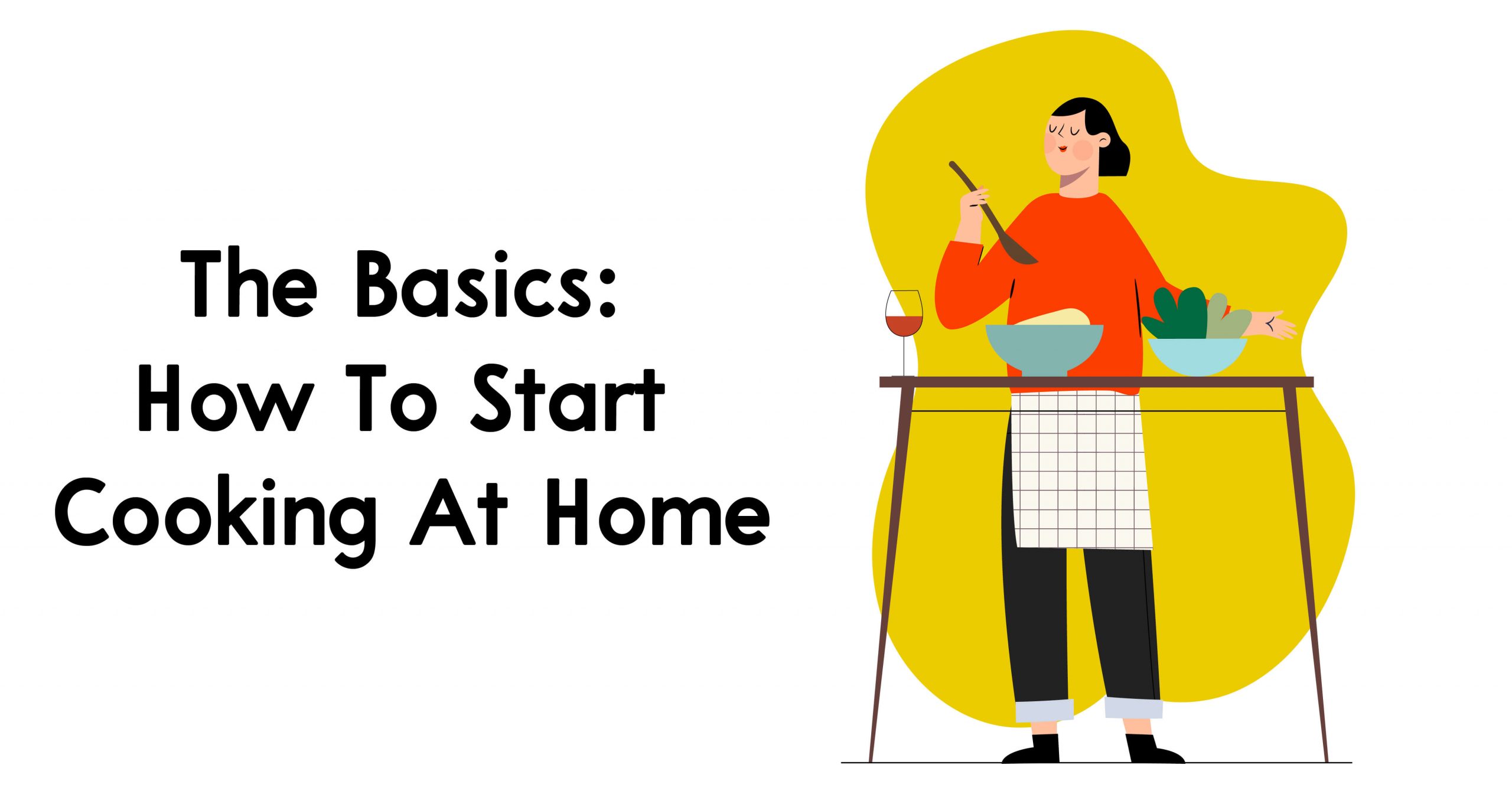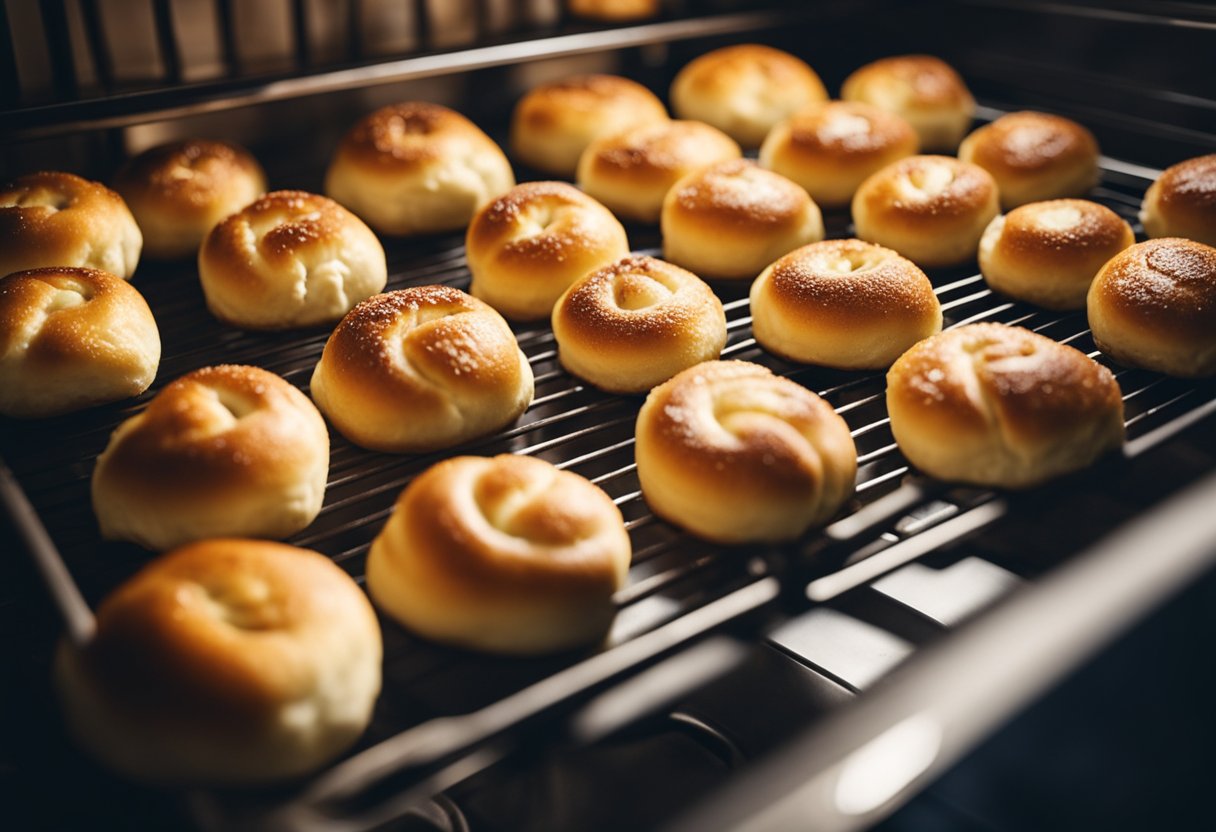You set out chicken in the fridge to thaw with good intentions to make it that night for dinner. Yet, when your plans changed and you went out to a restaurant with friends, your chicken stayed in the refrigerator overnight.
Now that you noticed, it is logical to wonder if you can refreeze chicken? Technically, yes, you can refreeze chicken. However, there is an old myth that you shouldn’t with a bit of scientific information that stands behind this concept. In general, though, there is no reason why you can’t refreeze chicken that has been laid out in the fridge.
Although chicken can be refrozen, you should make sure it meets a few guidelines before doing so. First of all, it needs to only be thawed in the fridge and never taken out. Also, you should understand it may lessen the quality of your chicken upon refreezing.
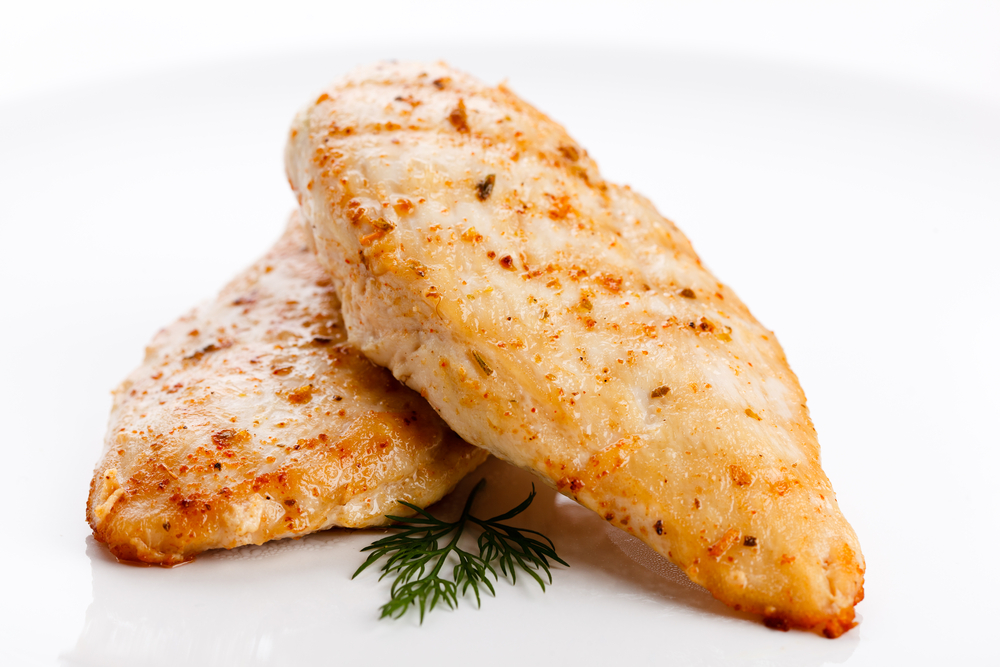
Why Can You Refreeze Chicken?
Although the thought of refreezing chicken may have never crossed your mind, this is a common practice in frugal households. Not only does it help preserve the poultry you have on hand, but if done correctly, it is quite safe.
We aren’t talking about setting chicken out on the counter to thaw or in a water bath to warm, either. To safely refreeze your chicken, it needs to remain at a safe temperature in your fridge.
Once you have removed the chicken from the fridge and allowed the warming process to begin, nix the idea of refreezing it until after it has been cooked. If you’ve grilled or cooked your thawed chicken, then you are fine to refreeze it in this state.
How Do You Refreeze Chicken?
To answer this question, we first have to look at the types of chicken we can refreeze. Firstly, you have raw chicken that may have been set out in the fridge to thaw. Secondly, we have cooked chicken that has been heated to an internal temperature of 165 degrees.
Refreezing Raw Chicken
Raw chicken that has never been removed from the fridge can be refrozen for later use. Follow these steps for a quick and easy process:
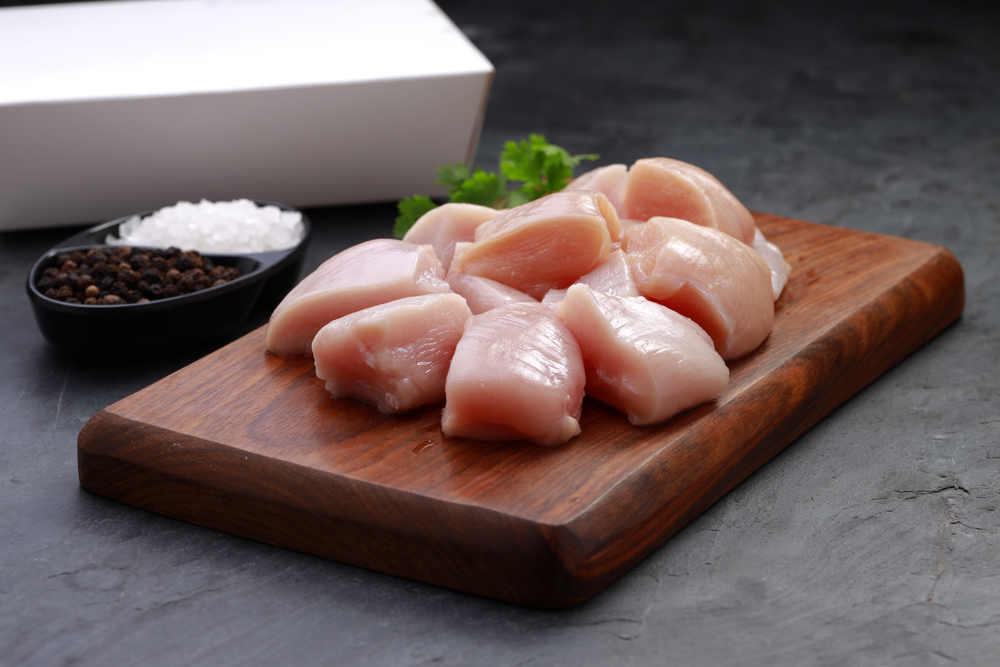
- Take the chicken out of its original container.
- Cut any excess fat or tendons to prepare for cooking.
- Place the chicken bag into the freezer bag and mark the date on the outside.
- Lay flat in the freezer for convenient storage.
Keep in mind that anything you do in this step can make the chicken easier to prepare later on. If you know you want to make chicken nuggets later, go ahead and cut your chicken into cubes before freezing. If you are going to want chicken fajitas, slice up your chicken before storing it in the freezer.
Refreezing Cooked Chicken
If you want to refreeze chicken that has already been cooked, this is a much easier process. Cooked chicken isn’t as likely to grow harmful bacteria and can be handled with less tedious care than raw chicken. Here’s how to freeze cooked chicken:
- Cut the chicken into the sizes and shapes you want to use later.
- Place it in a freezer bag.
- Mark the date on the outside.
- Lay as flat as possible to freeze.
Whether you are refreezing cooked grilled chicken, broiled chicken, or breaded chicken, there is no difference in the method you use to do so.
Learn more on Can You Refreeze Tamales
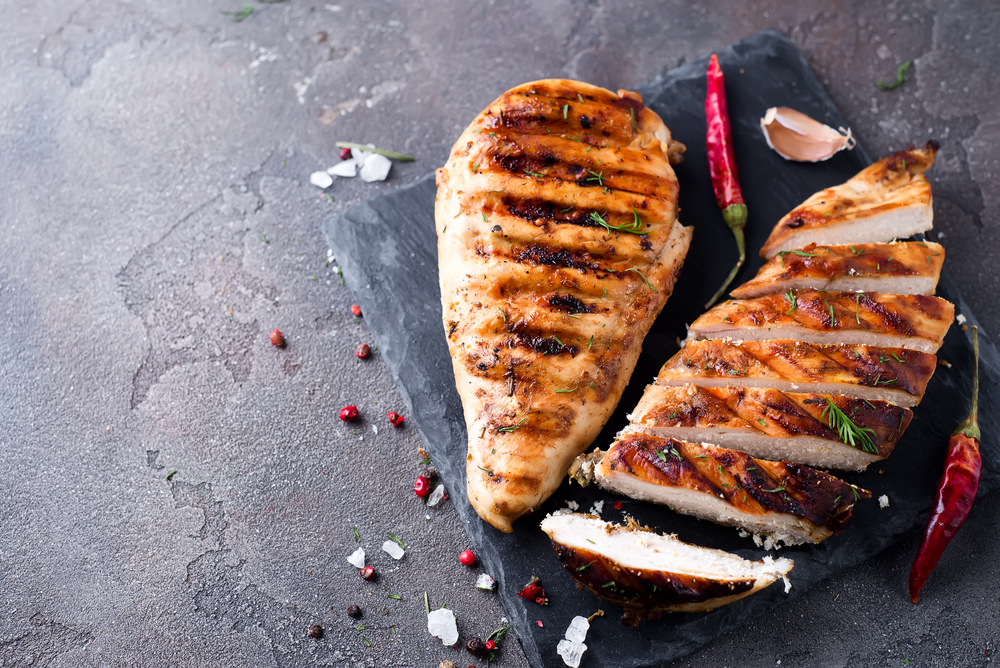
What are Some Drawbacks to Refreezing Chicken?
While some people see no issues with refreezing chicken, others will avoid it at all costs. We’ll be honest with you, though. It is a bit daring to continually refreeze chicken since this type of meat is so susceptible to developing E.Coli. and salmonella.
If you handle raw chicken with care, you can reduce the likelihood of this occurring. Yet, the possibility is always there, as it is with any other type of meat or poultry.
Some even say the process of refreezing chicken will hurt the quality of the meat and interfere with its taste. While we haven’t known this to be the case, some individuals swear by this theory.
Overall, refreezing chicken is a good way to make use of what protein you have. You just have to be careful in doing so, and follow safe food-handling protocols.


